Automotive engines must meet increasingly strict emissions regulations to reduce
their impact on the environment.
THE EVOLUTION OF AUTOMOTIVE ENGINES
l Steam Engines:
The earliest forms of automotive engines were steam engines, which used steam power to generate
motion. Steam engines were the first engines used in automobiles, but they were cumbersome and
inefficient.
l Electric Motors:
With the rise of electric vehicles, electric motors have become a popular choice for vehicle
propulsion. Electric motors have a long history in automotive engines, with early electric cars
appearing in the late 19th century.
l Internal Combustion Engines:
Internal combustion engines, powered by gasoline or diesel, revolutionised the automotive industry.
l Hybrid Engines:
Hybrid engines, combining electric motors and internal combustion engines, have gained popularity
in recent years.
l Plug-In Hybrid Vehicles (PHEVs):
PHEVs combine the benefits of electric powertrains with an internal combustion engine, offering
extended range and flexibility.

Automotive Engine
THE RISE OF INTERNAL COMBUSTION ENGINES AND THE FUTURE OF AUTOMOTIVE POWER:
l Gasoline Engines:
Gasoline engines became the dominant type of internal combustion engine.
l Diesel Engines:
Diesel engines are known for their efficiency and torque, making them popular in trucks and heavy
duty vehicles.
l Alternative Fuels:
The future of automotive power lies in alternative fuels, such as hydrogen fuel cells and biofuels.

Engine Elements
THE MECHANICS OF AUTOMOTIVE ENGINES:
l Cylinder Block:
The cylinder block houses the engine cylinders and provides the framework for the engine.
l Pistons:
Piston move up and down inside the cylinders, converting the pressure from the combustion process
into mechanical motion.
l Crankshaft:
The crankshaft converts the up-and-down motion of the pistons into rotational motion, which drives
the vehicle.
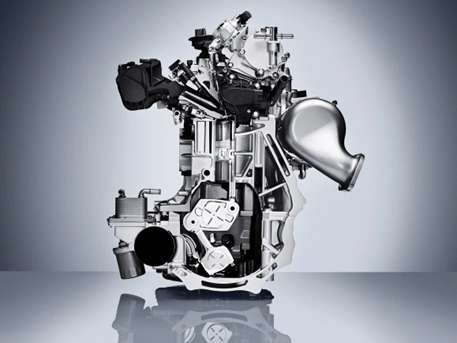
THE IMPACT OF TECHNOLOGY ON AUTOMOTIVE ENGINE DESIGN AND PERFORMANCE:
l Fuel Injection:
Fuel injection systems have replaced carburetors, providing better fuel efficiency and
performance.
l Transmissions:
Manual and automatic transmissions were developed to optimise power delivery and improve
efficiency.
l Turbocharging:
Turbocharging increases engine power by forcing more air into the combustion chamber.
l Electric Powertrains:
Electric powertrains offer instant torque and zero emissions, revolutionising automotive engine
design.
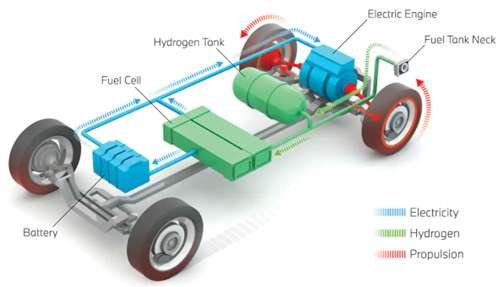
THE FUTURE OF AUTOMOTIVE ENGINES:
l Electric Vehicles:
Electric vehicles are becoming more common, with advancements in battery technology and
charging infrastructure.
l Hydrogen Fuel Cells:
Hydrogen fuel cells offer a promising alternative to traditional internal combustion engines,
producing only water as a byproduct.
l Autonomous Vehicles:
The rise of autonomous vehicles will reshape automotive engine design, focusing on efficiency and
integration with other systems.

ALTERNATIVE FUEL SOURCES FOR AUTOMOTIVE ENGINES:
l Hybrid Engines:
Hybrid engines combine internal combustion engines with electric motors, offering improved fuel
efficiency.
l Hydrogen Fuel Cells:
Hydrogen fuel cells produce electricity through a chemical reaction, emitting only water vapor as a
byproduct.
l Biofuels:
Biofuels, such as ethanol and biodiesel, offer a renewable alternative to traditional fossil fuels.
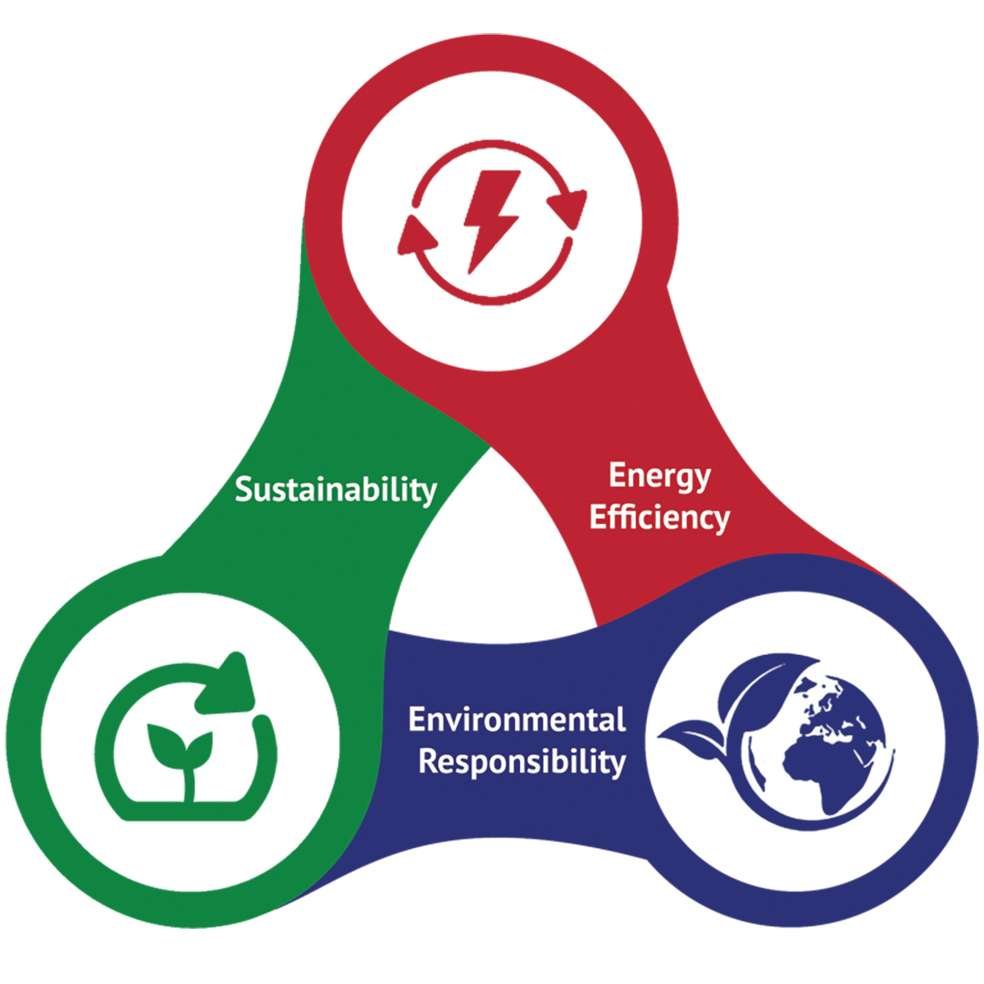
EFFICIENCY AND SUSTAINABILITY IN AUTOMOTIVE ENGINE DESIGN:
l Fuel Efficiency:
Automotive engine design focuses on maximising fuel efficiency to reduce emissions and
dependence on fossil fuels.
l Emission Reduction:
Engine technologies, such as catalytic converters and particulate filters, help reduce harmful
emissions.
l Sustainable Materials:
Automotive engines are being designed with sustainable materials to reduce environmental impact.
l Electric Vehicles:
Electric vehicles powered by advanced automotive engines will play a significant role in reducing
carbon emissions.
l Autonomous Vehicles:
Automotive engines will be integrated with autonomous vehicle systems to provide efficient and
reliable transportation.
l Shared Mobility:
Automotive engines will power shared mobility services, reducing the overall numbers of vehicle on
the road.
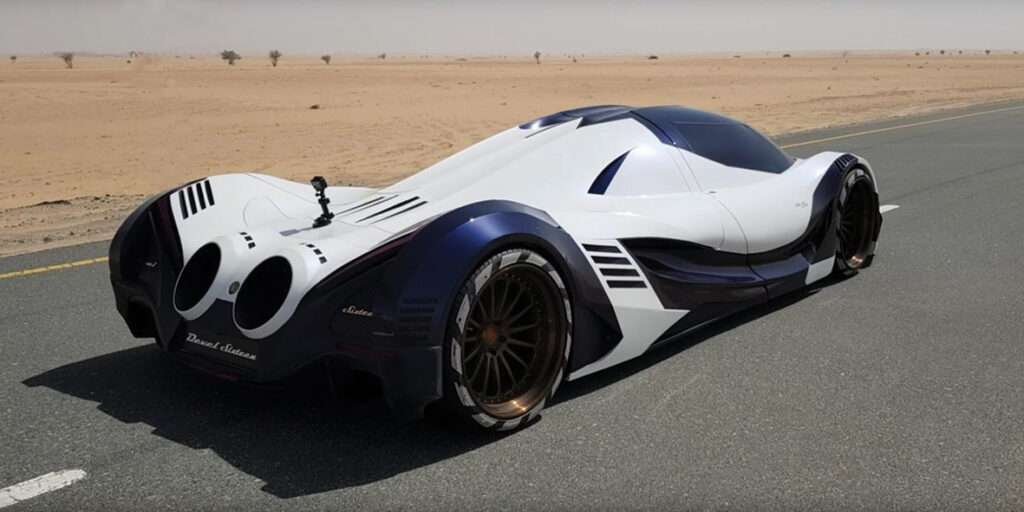
AUTOMOTIVE ENGINES MEETING THE CHALLENGES OF A CHANGING WORLD:
l Environmental Regulations:
Automotive engines must meet increasingly strict emissions regulations to reduce their impact on
the environment. Government regulations and emissions standard drive the development of cleaner
and more efficient powertrain technologies.
l Technological Advancements:
Advancements in automotive engine technology will drive improvements in performance, efficiency
and sustainability. Improvements in battery technology, such as increased energy density and faster
charging, enable the widespread adoption of electric powertrains.
l Changing Consumer Preferences:
Consumer demand for electric and sustainable vehicles will shape the future of automotive engine
design. Changing consumer preferences for environmentally friendly and technologically advanced
vehicles influence powertrain evolutions.

TECHNOLOGICAL ADVANCEMENTS IN VEHICLE POWERTRAIN:
l Artificial Intelligence:
AI is used to optimise powertrain performance, predict maintenance needs, and enhance
autonomous driving capabilities.
l Connectivity:
Connected powertrains enable real-time data exchange, remote diagnostics, and over-the-air
updates.
l Advanced Sensors:
Highly accurate sensors, such as lidar and radar, enhance perception and decision-making in
autonomous vehicles.

IMPLICATIONS OF POWERTRAIN EVOLUTION ON THE AUTOMOTIVE INDUSTRY:
l Disruption of Traditional Business Models:
The shift towards electric and autonomous powertrains challenges the existing business models of
traditional automakers and
suppliers.
l New Market Opportunities:
The emergence of electric and autonomous vehicles creates opportunities for new players in the
automotive ecosystem.
l Job Transformations:
The evolution of powertrain technology will require reskilling and retraining of the workforce to adapt
to new roles and technologies.

CHALLENGES AND OPPORTUNITIES IN VEHICLE POWERTRAIN DEVELOPMENT:
l Infrastructure Development:
The lack of charging and refueling infrastructure is a major challenge for the widespread adoption of
electric and hydrogen powertrains.
l Battery Range and Charging Time:
Improving battery range and reducing charging time are essential for enhancing the practicality of
electric vehicles.
l Safety and Reliability:
Ensuring the safety and reliability of autonomous powertrains is crucial for public acceptance and
regulatory approval.
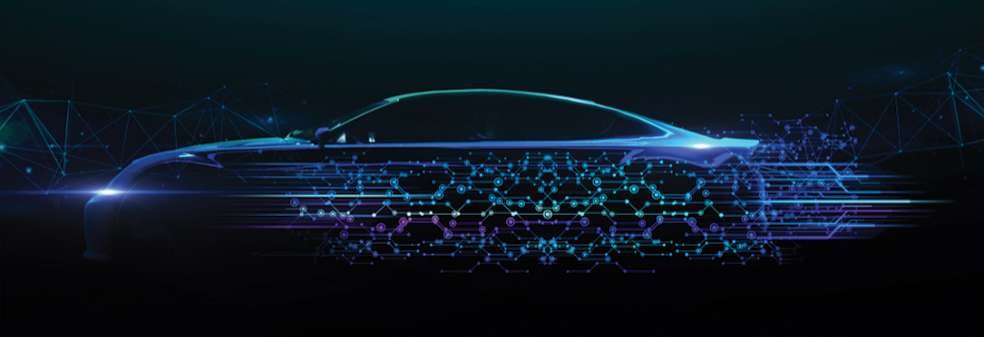
STRATEGIES FOR SUCCESSFUL IMPLEMENTATION OF VEHICLE POWERTRAIN:
l Collaboration and Partnerships:
Automakers, technology companies, and governments need to collaborate to develop and deploy
autonomous powertrain technologies.
l Investment in Research and Development:
Significant investments in R&D are required to advance powertrain technology and overcome
technical challenges.
l Regulatory Support and Incentives:
Governments can provide regulatory support and financial incentives to accelerate the adoption of
autonomous powertrains.

THE TINKERER’S TALE:
These wizards are essentially intelligent computer systems that can diagnose and fix engine
problems in real-time. They use advanced algorithms and machine learning to analyse data from
sensors and other sources to detect issues before they become serious problems. Wizards for engine
maintenance are advanced diagnostic tools that use artificial intelligence to detect and diagnose
problems in engines. They work by analysing data from sensors and other sources to identify potential
issues before they become major problems. Once a problem is identified, the wizard provides
recommendations for repairs or maintenance to keep the engine running smoothly.
They can save you time and money by catching problems early and preventing costly repairs down
the line. Plus, with their advanced AI capabilities, they can learn from past repairs and improve their
diagnostic accuracy over time. These intelligent systems are designed to monitor your engine’s
performance, detect potential issues, and provide real-time feedback to help you optimise your
engine’s performance. Wizards can also help reduce the need for costly repairs and replacements by
catching problems early on. With their advanced algorithms and predictive analytics, they can identify
issues before they become major problems, allowing you to take corrective action before it’s too late.
One of the biggest challenges facing the adoption of wizards for engine maintenance is the cost.
While the technology is innovative and promising, it can be expensive to implement. Another challenge
is the complexity of the technology. Wizards for engine maintenance require specialised knowledge to
operate, which means that not all mechanics will be able to work with them.
EPILOGUE:
To sum up, throughout history, we have witnessed the tremendous progress of engines, from their
invention to the development of combustion engines, introduction of electric cars, flex-fuels and
maintenance wizards. As we move to the future, it is evident that business, government, and consumer
cooperation is essential for advancing engine innovation.

-Shubham Dhairysing Tayade
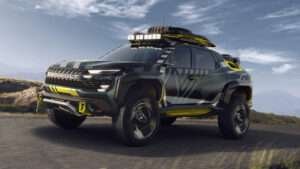
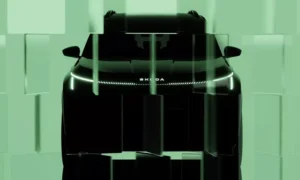





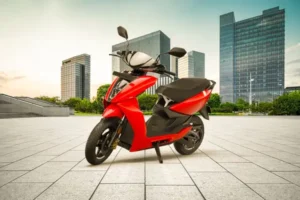
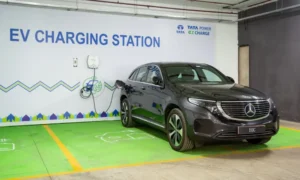
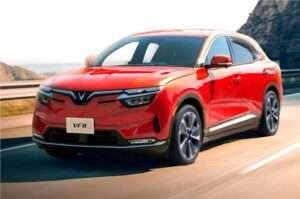
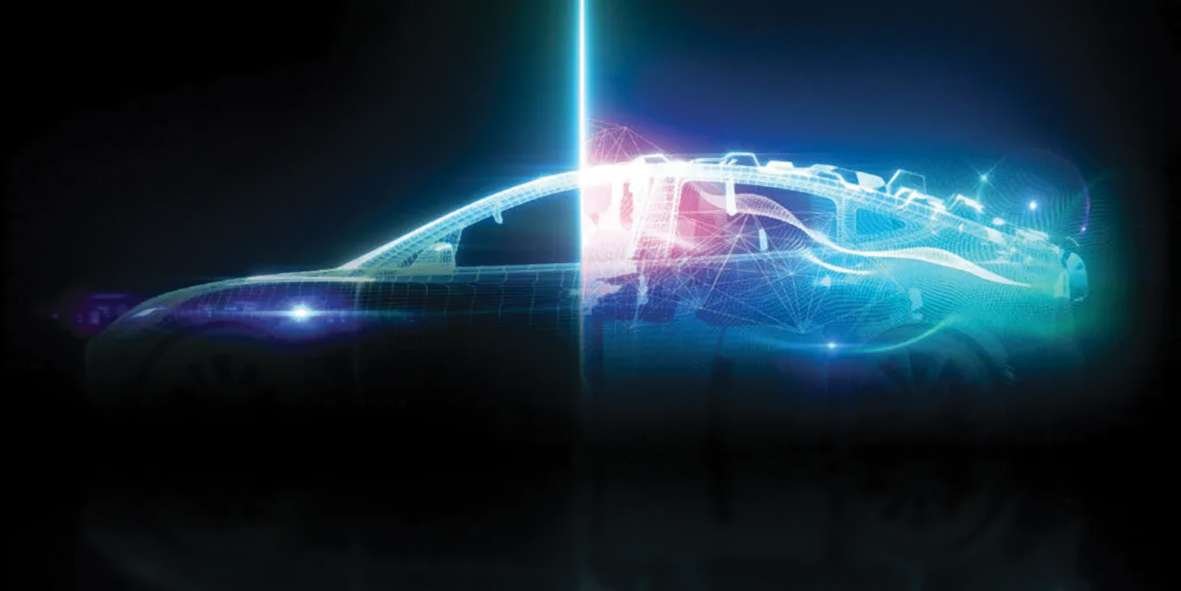
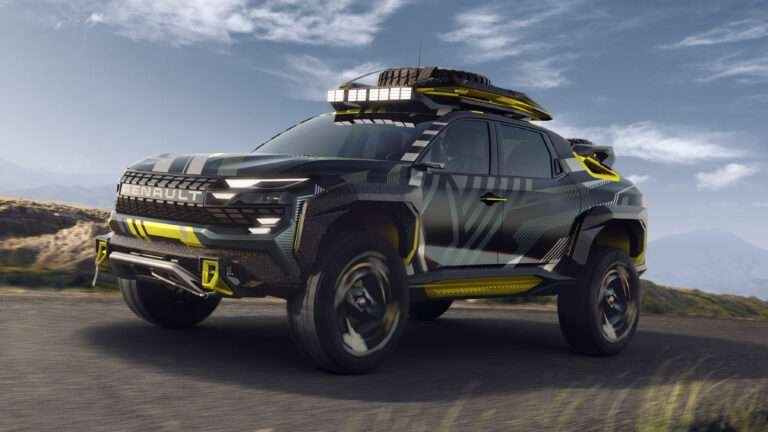
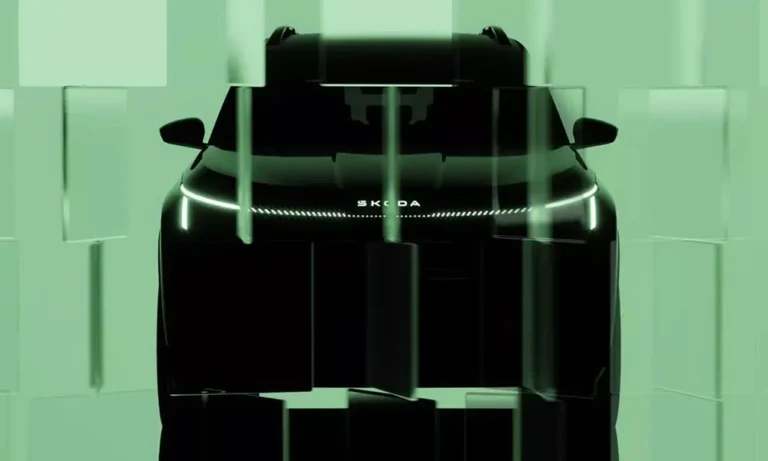

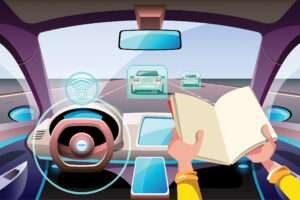
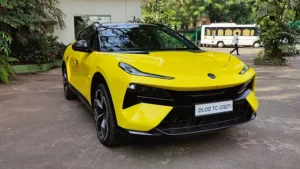
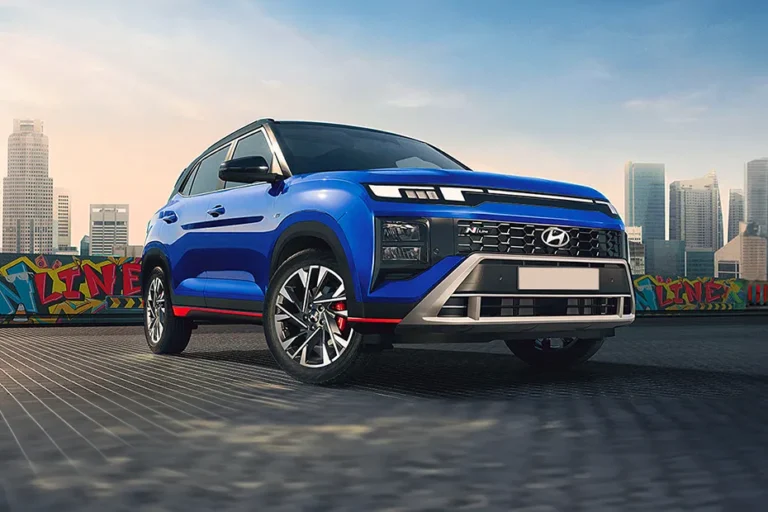
+ There are no comments
Add yours